Who We Are
Ko wai mātou?
A welcoming whānau (family):
We are big on family vibes! Our desire is for everyone who comes through our doors to feel welcomed and embraced as part of the whānau from day one. Whether it’s through the harirū (greeting) or the post-service refreshments, we hope you feel our manaakitanga (hospitality) and warmth.
An intergenerational community:
We are a community that values walking through life together. From newborns to kaumatua-kuia (elders), we gather united each week in worship. It’s not uncommon to have two or three generations of the same whānau gathered together in our services.
A place of whakapapa:
Many of our whānau share that what makes our church special is the tradition carried through our whakapapa within Te Hāhi Mihingare (The Māori Anglican Church). Te reo Māori is the primary language of our services (with English translation provided to be inclusive for all).
The history and whakapapa of our karakia and hymns are rich, with some dating back to the second century (such as the Apostles’ Creed).
A community responsive to the call for social justice:
We have a long history of engaging with social justice and believe we are called to be a prophetic voice within our communities, nation and world. Some of the movements we’ve been involved with include:
– 1980s: Hosting the Women’s Advisory Committee (a leading voice and action group for women’s affairs) in our on-site marae, Tātai Hono.
– 1981: Te Mīhana Māori being the gathering and starting point for Auckland’s Springbok Tour Protest (challenging South Africa’s apartheid policies).
– 1982: Tātai Hono Marae being the base for the Pacific Peace Hui – Te Reo Oranga o te Moananui a Kiwa (an anti-nuclear movement led by Pasifika people).
– 1984: Members of Te Mīhana Māori joining ‘Te Hikoi ki Waitangi’ (a protest movement challenging breaches to Te Tiriti).
– 2015: Partnering with Te Puni Kōkiri to provide lunches to our homeless whānau of Tāmaki Makaurau.
– 2017: Hosted ‘Operation SOS’ (the Redeemed Motorcycle Club doing outreach in Dargaville and Kaikohe).
– 2024: Tātai Hono Marae being the starting point for the Gaza Ceasefire Pilgrimage; and giving voice against the Treaty Principles Bill by joining the ‘Hīkoi mō te Tiriti,’ and submitting as an organisation to the Select Committee.
Haere mai, haere.
Join us as we worship and do life together
in a uniquely Māori Anglican way.
Te Mīhana Māori is a community of Mihingare (Māori Anglicans) based in the heart of Auckland’s CBD. We are a diverse mix of cultures — Māori, Pākehā, Asian, and Tauiwi (non-Māori) — who find a home in a Māori expression of Christian worship.
A community of Te Pīhopatanga o Te Tai Tokerau
Te Mīhana Māori is a parish (community) within Te Pīhopatanga o Te Tai Tokerau – the northern (Auckland/Northland) Bishopric (Diocese) of the Māori Anglican church. We are blessed to be under the leadership of our Bishop – Pīhopa Te Kitohi Pikaahu, and Archdeacons Venerable Katene Eruera & Venerable Mark Barnard.
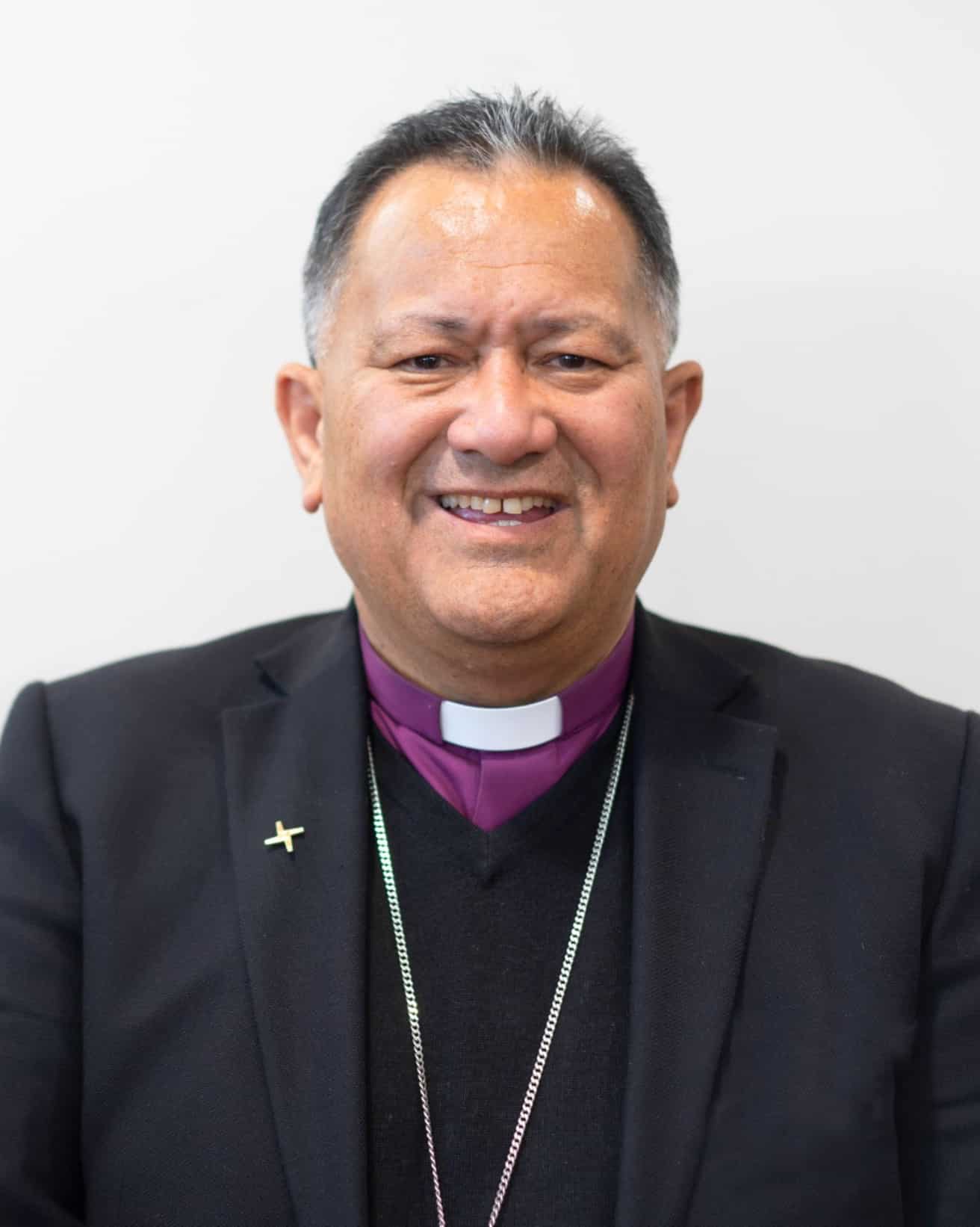
(Pīhopa Te Kitohi Pikaahu)
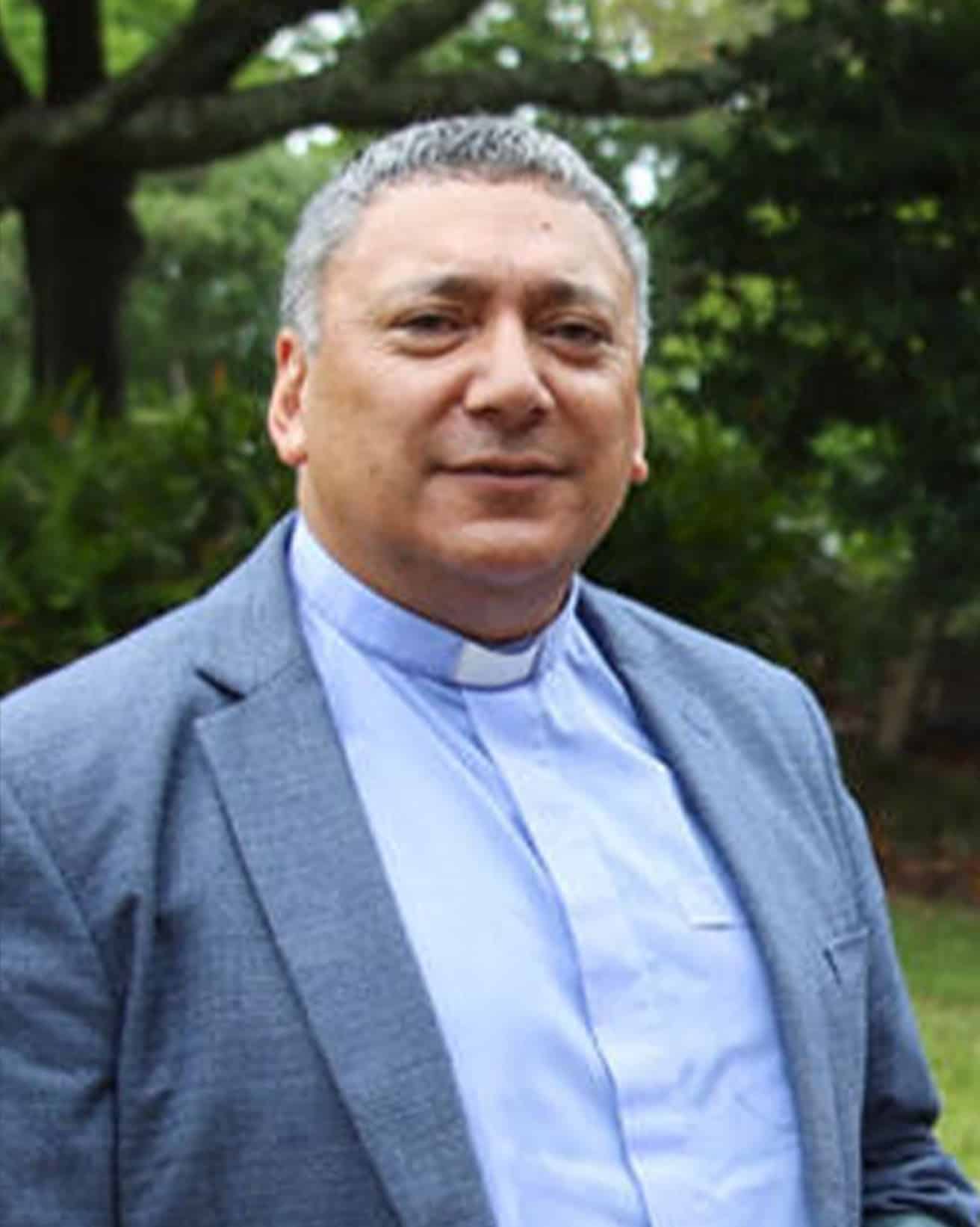
(Ven Katene Eruera)
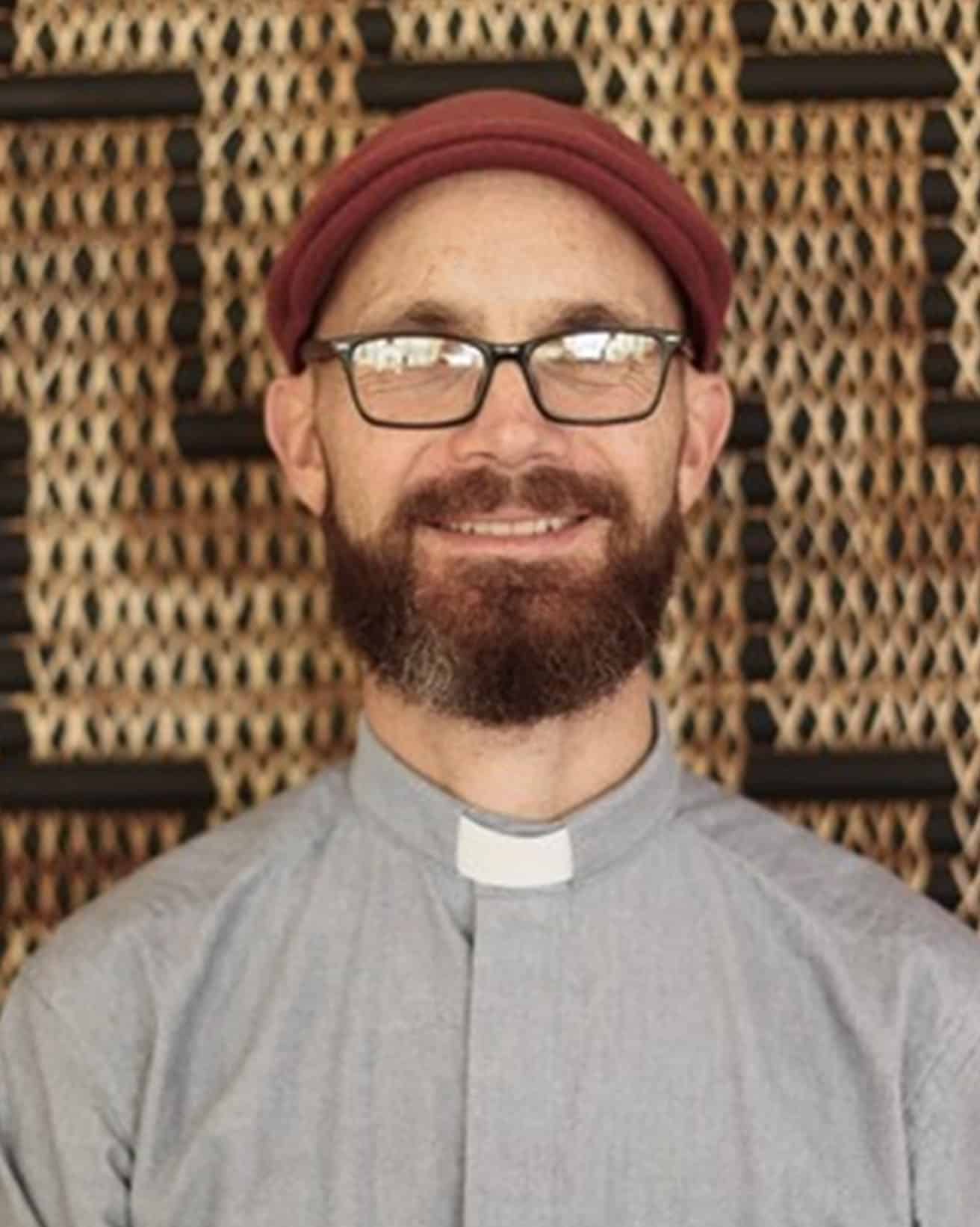
(Ven Mark Barnard)
Parish Boundaries
Te Mīhana Māori are the kaitiaki of Māori Anglican worship and mission, stretching as far north as Dargaville, and as far south as Onehunga. We host weekly services in Central Auckland at Te Ana Tapu (Church of the Holy Sepulchre) and in West Auckland at Hemi Tapu. We also support the leadership of services in Waiuku, and on the North Shore.

Further, we acknowledge the other Māori Anglican ministries in Tāmaki Makaurau and encourage all to support and explore them too:
– Mangere Bridge: St James
– Mangere: Te Karaiti Te Pou Herenga Waka
– Manurewa: Ruka Tapu
– Drury: Hoani Tapu
– Clevedon: Te Tokotoru Tapu
– Otara: Te Whakaaturanga
Our leadership
Our community is led by our Missioner (Priest-in-charge), the Reverend Shona Pink-Martin.
Supporting Rev’d Shona are the kaimahi (staff), clergy (ordained ministers), the Vestry (our Governance Board), the Vicar’s Warden (Eru Oneroa), People’s Warden (Elliot Ngamotu), and Treasurer (Adam Martin).
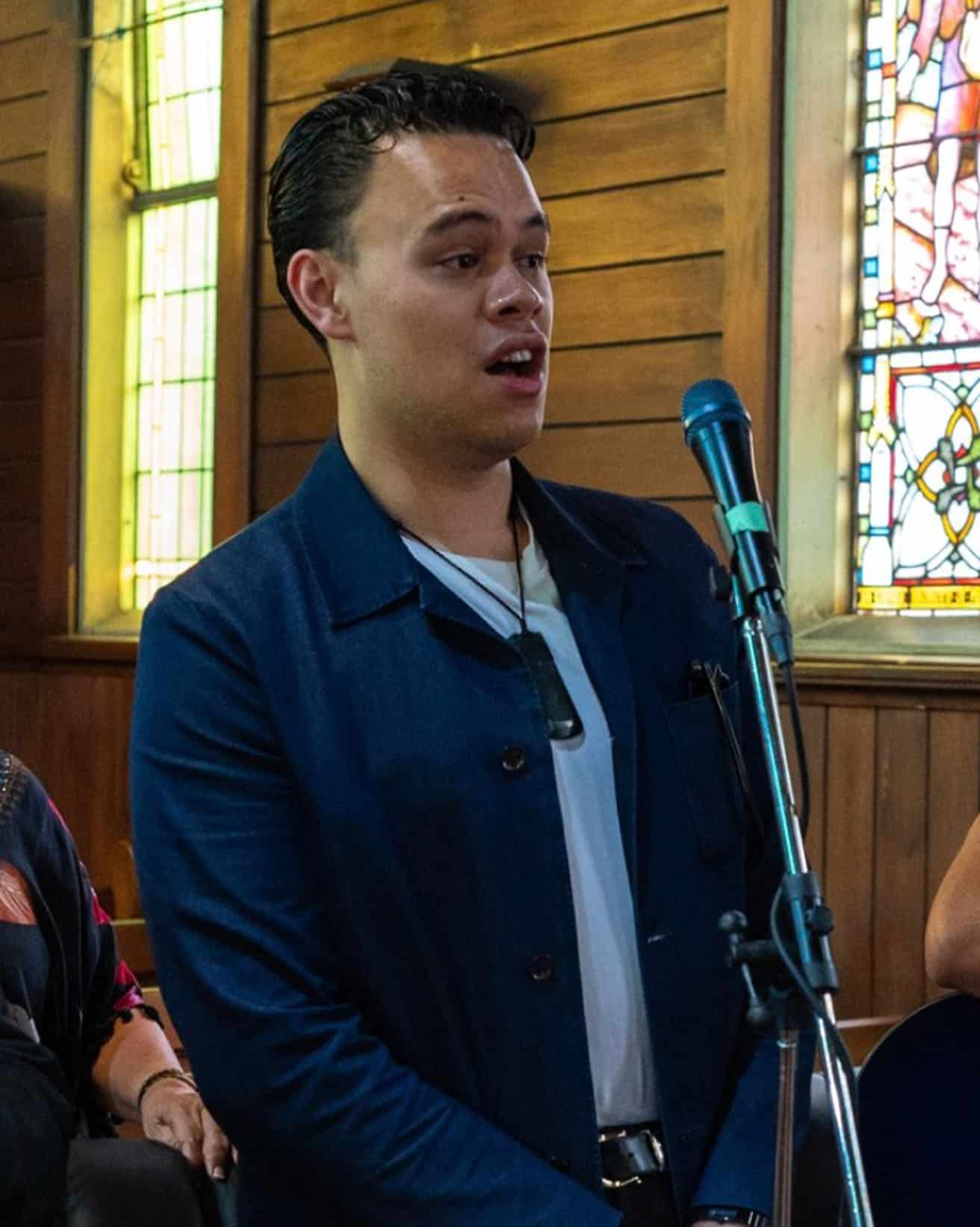
(Eru Oneroa)
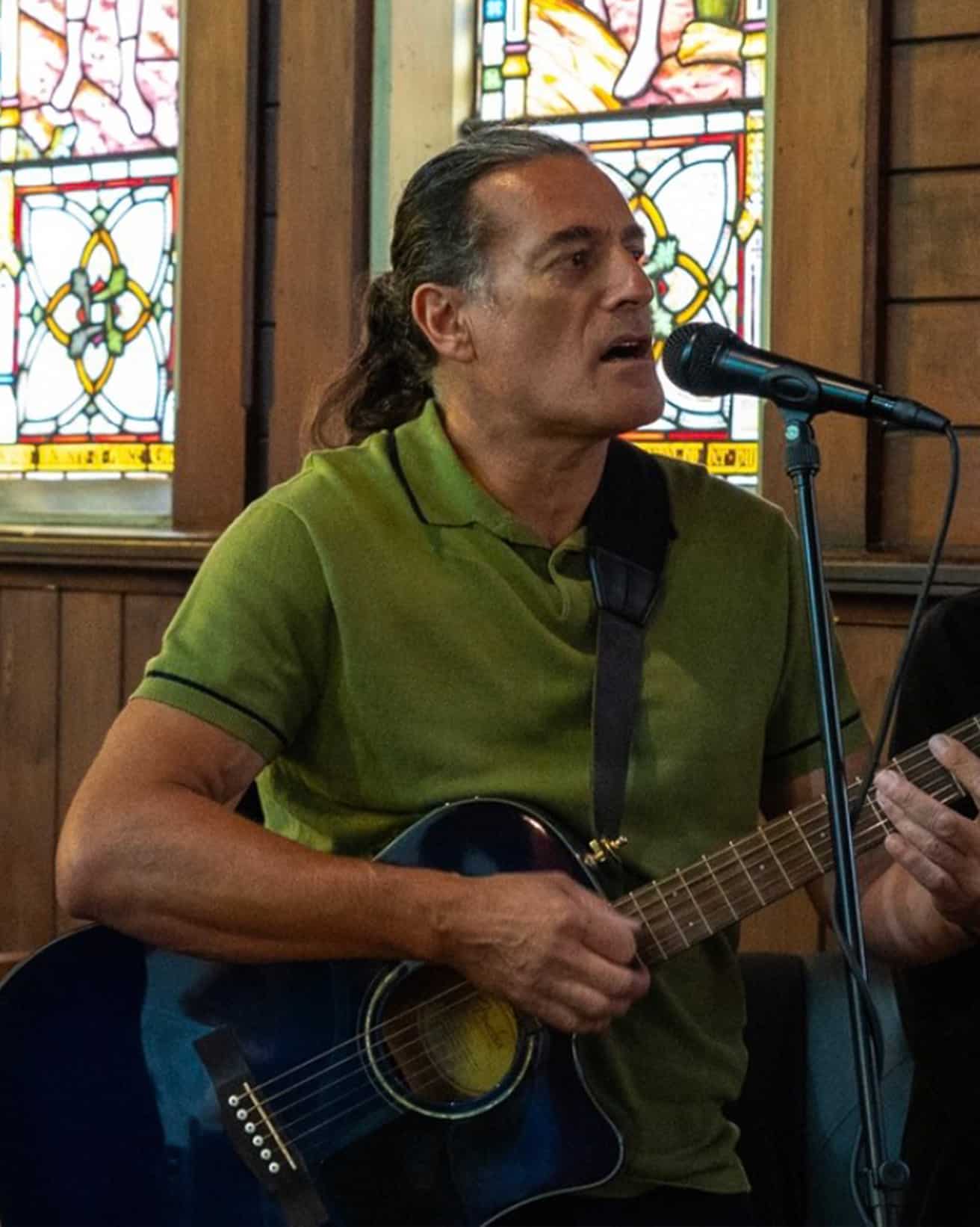
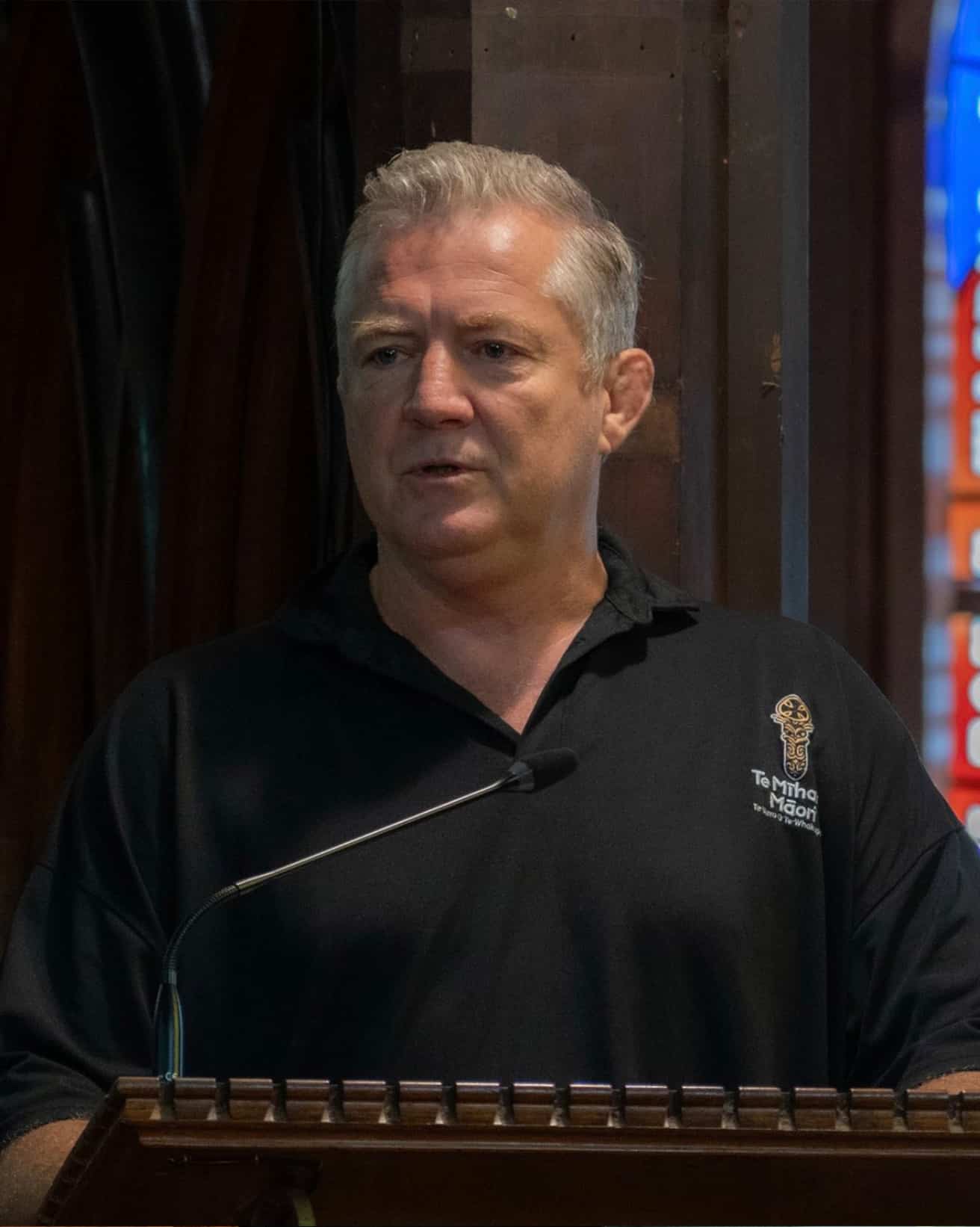
Senior clergy within our parish include the Reverend Jenny Quince, and our Pīhopa Āwhina (supporting Bishop): Bishop George (Hori) Connor.
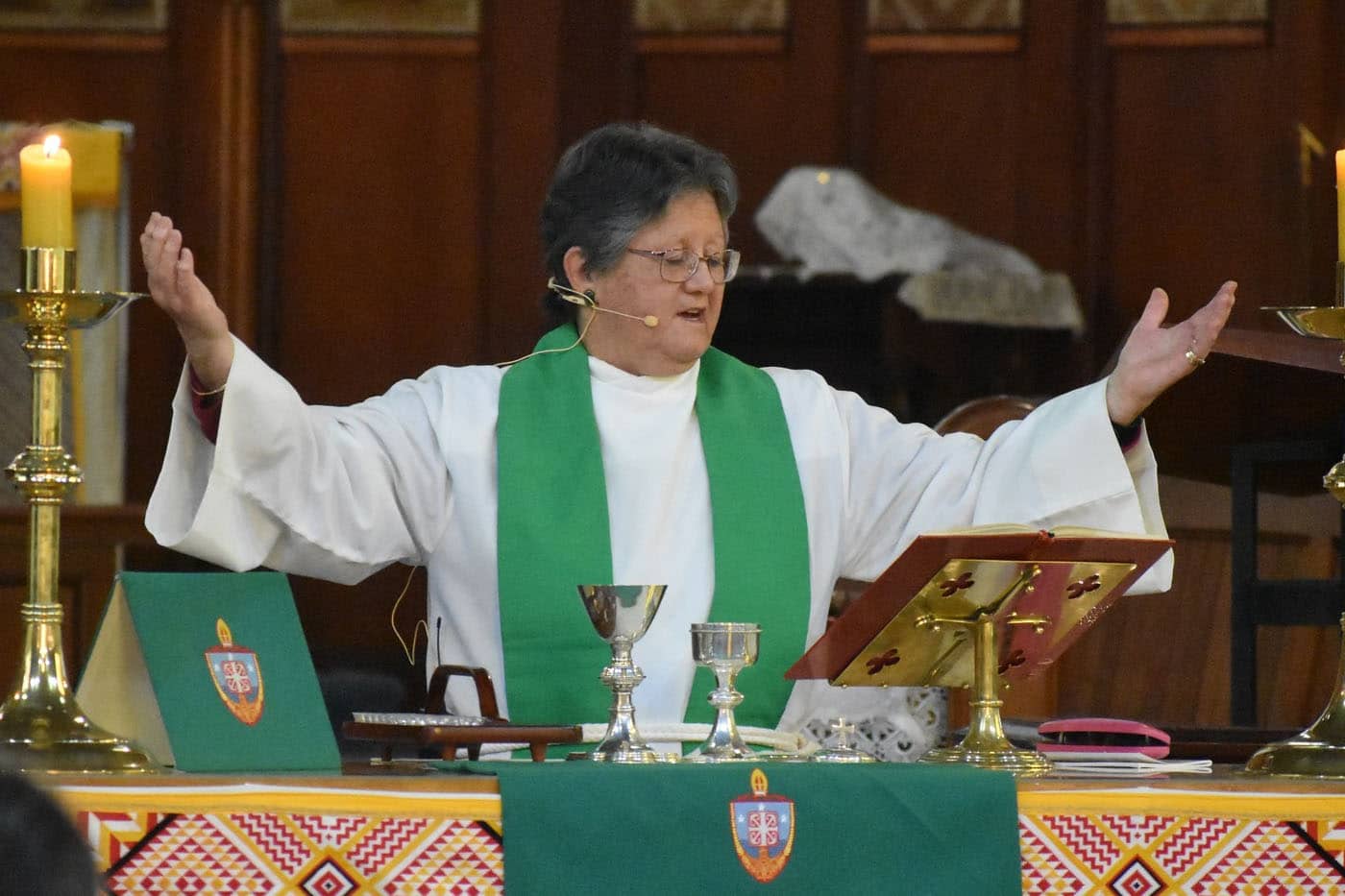
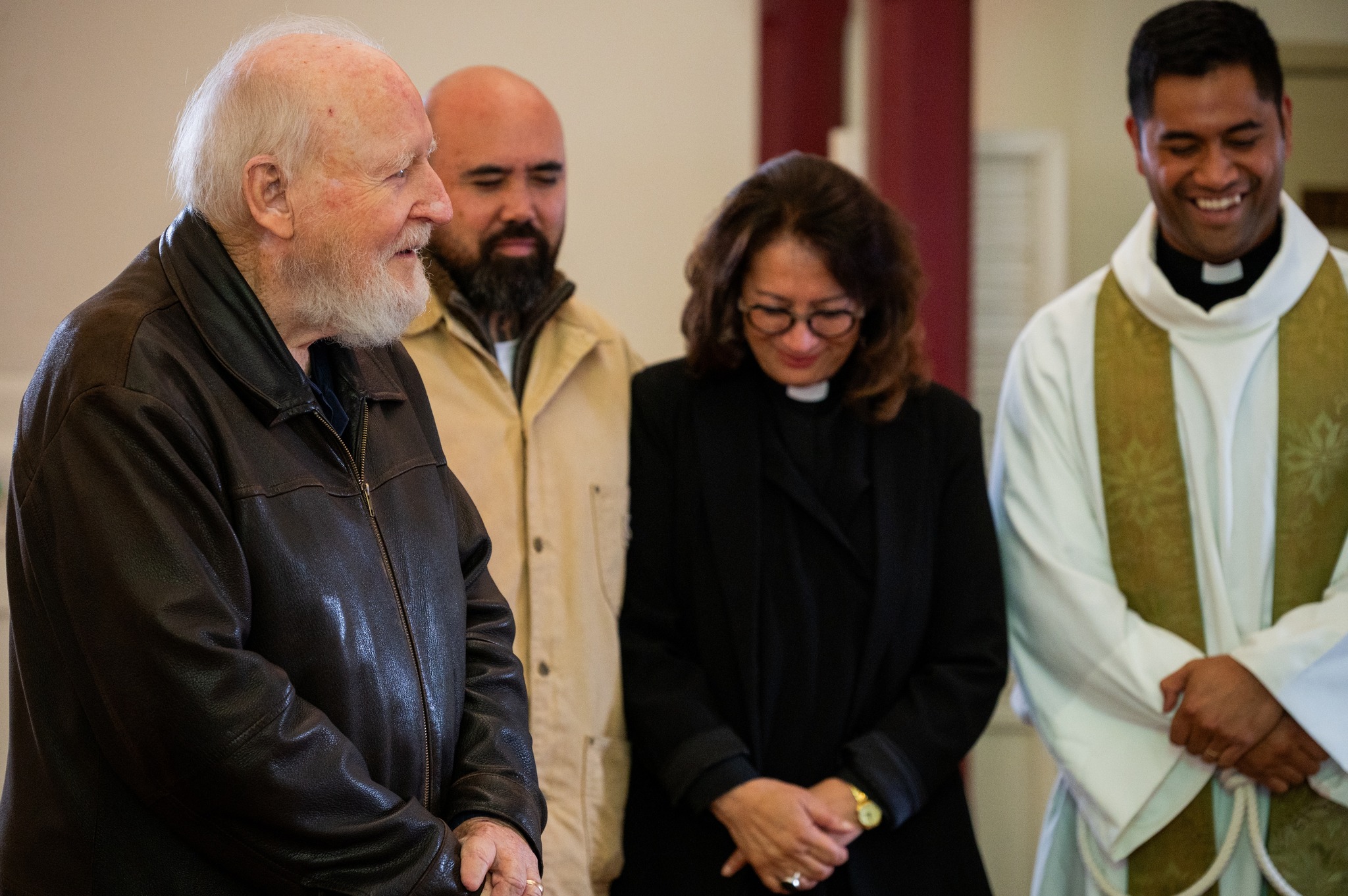
Other clergy at Te Mīhana Māori include:
– The Rev’d Neihana Reihana
– The Rev’d Rawiri Ratu
– The Rev’d Te Karere Scarborough
– The Rev’d Tumanako Tomo
– The Rev’d Sean McGuinniety
– The Rev’d Scott Parekowhai
– The Rev’d Waiora Te Moni
– The Rev’d Te Hira Paenga
– The Rev’d Rosemary Vaikeli
– The Rev’d Kararaina Field
– The Revd’s Sam & Stacey Henare
– The Rev’d Bev Wihongi
– The Rev’d Bev Crowther
– The Rev’d Warahi Paki
We also acknowledge the support of our kuia-kaumatua, including: Matua Tom & Whaea Ngarangi Īhaka, Kōkā Ope Maxwell, Whaea Nonie Connor, Whaea Valma Tapene, Matua John Tapene (and the wider Angies whānau), Whaea Florence Hanson, and Whaea Jane Atkinson.
Check out this beautiful documentary that Waka Huia made about our Kōkā Ope Maxwell.
Our History – The Four Pou of Te Mīhana Māori (1969 – present)
A Place of Belonging:
During the rededication of Holy Sepulchre as the site for the Auckland Māori Mission, the Venerable Sir Kīngi Īhaka (first Māori Missioner of Tāmaki Makaurau) shared, “The Māori is a social being. His life is community life. He is gregarious, and grouping is to him the very blood of life. Because the Māori is a community being, isolation is to him most forlorn and totally frustrating.” This was one of the main reasons why the Venerable Sir Kīngi Īhaka established the Auckland Māori Mission.
In response to the diversity of Māori in Auckland, the Venerable Sir Kīngi Īhaka used a dual approach to foster belonging at the mission. On the micro level, each person’s story and whakapapa was welcomed and celebrated as a unique expression of themselves in a pan-tribal melting pot. However, on the macro level, the Venerable Sir Kīngi Īhaka promoted a different kind of belonging – ki te whānau a te Karaiti (to the family of Christ).
Another key concept that the Venerable Sir Kīngi Īhaka used to foster belonging at the mission was the notion of ‘he tūrangawaewae hou.’ Translating as ‘a standing place,’ tūrangawaewae generally means a “place of belonging where you draw your strength from.” Traditionally, this standing place would have been one’s ancestral papa kāinga, surrounded by whānau and hapū. However, the reality for many Māori post-urbanisation is that they are either disconnected from their papa kāinga, or must travel long distances to get there. Therefore, ‘he tūrangawaewae hou’ suggests that urban Māori in Tāmaki Makaurau can find a ‘new’ place to stand within the Auckland Māori Mission.
Further, a ‘tūrangawaewae hou’ does not mean that Māori must disconnect from their ancestral homelands in order to find belonging at the mission. Instead, the mission acts as ‘he kāinga tuarua’ – a second home. This is reminiscent of the whakataukī, ‘Ka mate kāinga tahi, ka ora kāinga rua – when one dwelling place declines, a second one will emerge to take its place.’
Further, in relation to the notion of ‘kāinga tahi,’ reconnecting with and remaining connected to ancestral places must remain of vital importance to urban Māori. Given that Māori are not homogenous, the transmission of specific mātauranga-ā-iwi, pūrākau-ā-iwi, and reo-ā-iwi is significant.
A Place of Fostering Māori Identity:
Tātai Hono Marae continues to be a place of great significance for fostering Māori identity. In his commentary about Te Mīhana Māori, Lloyd Ashton (Media Officer – Anglican Church of Aotearoa) shares that, “While the work of prayer, worship and spiritual regeneration was happening in the whare karakia… in the wharenui, the work of cultural restoration, by means of hui and cultural events, was going on, too.”
There has been a strong commitment to the utilisation, celebration, and revitalisation of te reo Māori in the history of the Māori mission. As recently as 2017, Reverend Tony Brooking (the then Missioner) led weekly Tuesday night bible study and te reo Māori classes from Tātai Hono. Combining both a passion for scripture and te reo Māori, Brooking deemed it vital that the mission be upskilling its members in both areas. These classes continue today under the tutelage of Rev’d Waiora Te Moni (Deacon, Te Mīhana; Kaiako, Te Wānanga Ihorangi).
A final clear example of Te Mīhana Māori fostering Māori identity is in the formation and longevity of the Auckland Anglican Māori Club – colloquially known as the ‘Angies.’ You can read more about them here.
A Place of Mission:
During the rededication of Holy Sepulchre in 1969, the Venerable Sir Kīngi Īhaka (the first Māori Missioner of Tāmaki Makaurau) said, “Realising that Māori life is community life, it should be easy to understand the spontaneous and abundant nature of Māori hospitality. True-to-type Māori don’t live entirely for themselves nor yet, even in a primary way, to promote the advantage of their individual family, but to seek for the welfare of the whole tribe.” Given the inherent focus within te ao Māori on hospitality and communal welfare, combined with Christian missiology, Te Mīhana Māori feels theologically and culturally mandated to be a missionally-minded organisation.
A key missional aspect of the Auckland Māori Mission has been in social justice and protest. In 1986, Reverend Maori Marsden was interviewed by the New Zealand Herald during his appointment as Auckland Māori Missioner. In the interview, Marsden shared that a major focus for his role was considering sociological issues like, “Why are there so many Māori in prison? When we ask these questions, we look for the cause – is it moral or social? Is sin more deeply rooted in the Māori than in Pākehā? Well, I can’t accept that my people are more evil than the Pākehā, so it must be the social causes. And that social cause is bound up in the Education Department, in fact, all the government departments operating on the European value system and taking no account of the inherent values within Māori culture.”
Missionally responding to these issues, in conjunction with Te Mīhana Māori, Reverend Maori Marsden ran marae-based wānanga to support rangatahi to learn about their whakapapa, te reo Māori, and creative arts (carving, pottery, and weaving). Rev’d Māori Marsden’s mission was to, “teach young Māori new skills and show that the street did not have to be their refuge.”
A Place for Spiritual Development:
Since the first Sunday service on 17 August 1969, Te Mīhana Māori has been offering weekly Mihingare-style karakia, intentionally utilising te reo Māori as the kauwaka (sacred vessel) of their faith expression. Similarly, since 11 February 1973, Te Mīhana Māori has also been offering Kura Rātapu (Sunday School) for the spiritual development of our tamariki.
During the rededication of Holy Sepulchre in 1969, the Venerable Sir Kīngi Īhaka (the first Māori Missioner of Tāmaki Makaurau) shared that, “The history of the Church of the Holy Sepulchre is the history of the clergy, the men and women, boys and girls, who, both within and without the sturdy kauri walls of this Church, by their lives and witness, have published the Gospel of our Lord and Saviour Jesus Christ, far and wide.”
